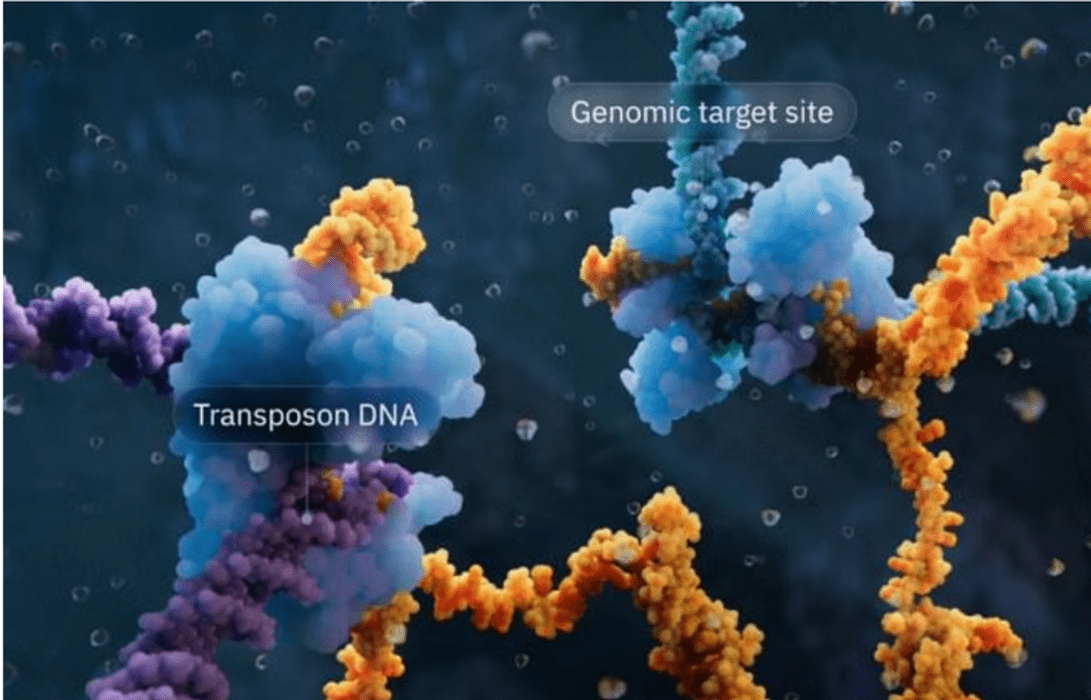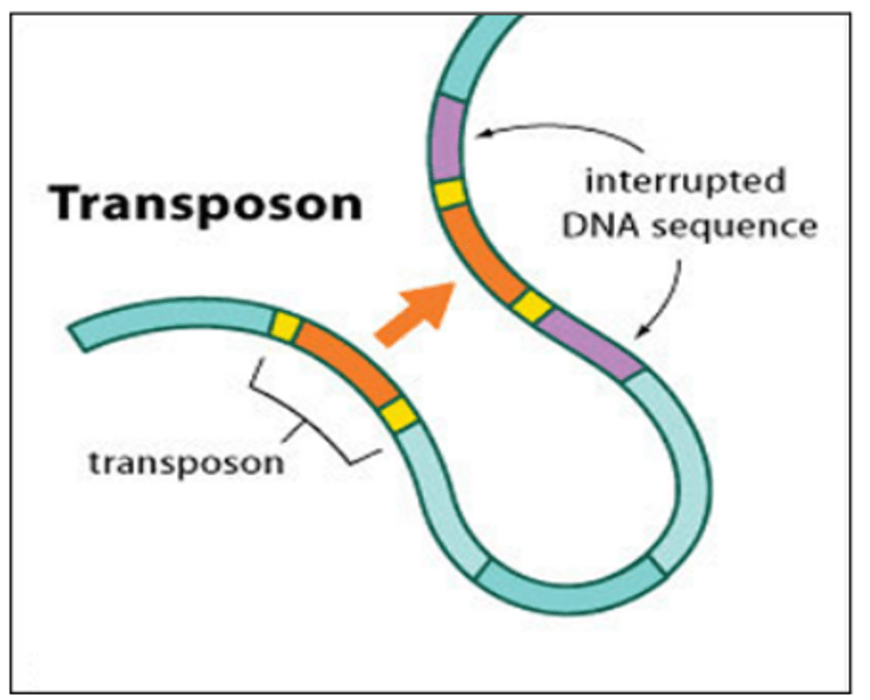News Excerpt:
Researchers have discovered a powerful DNA editing tool known as the bridge recombinase mechanism that naturally exists within human genetic machinery.

Bridge Recombinase Mechanism
- The bridge recombinase mechanism allows for more extensive gene editing operations, including rearranging, recombining, inverting, duplicating, and moving long DNA sequences.
- This breakthrough has the potential to advance gene editing therapeutics and treatments for various diseases.
- This next-generation genomic design method can program and edit DNA, surpassing the capabilities of CRISPR (Clustered Regularly Interspaced Short Palindromic Repeats).
- The bridge recombinase mechanism utilizes mobile genetic elements, or "jumping genes," which naturally cut and paste themselves into genomes, enabling dynamic DNA manipulation across all forms of life.
Key Findings and Publications
- The discovery is detailed in two papers published in the journal Nature. One paper characterizes the discovery and functioning of a 'bridge' RNA molecule.
- The second paper explains the structural mechanism behind this recombination ability.
How Jumping Genes / Transposons Work ?

- Jumping genes are minimal DNA segments which with the help of recombinase enzymes bind and recombine different DNA segments.
- The researchers found that the extra DNA at the ends of these genes converts the DNA double helix into a single-stranded RNA molecule that folds into two loops.
- These loops bind independently to the donor and target DNA segments, allowing the jumping gene to act as a bridge that recombines the two DNA pieces.
Programming Flexibility
- The donor loop and target loop can be independently programmed, providing significant flexibility in DNA insertion or recombination.
- The jumping gene studied is abundant in bacteria, such as E. coli, and continuously modifies and repairs DNA within the body.
Comprehensive Mechanism
- The bridge recombinase system offers a unified mechanism for three fundamental DNA rearrangements essential for genome design:
- Insertion (adding a DNA segment),
- Excision (removing a damaged DNA segment), and
- Inversion (reversing a DNA segment).
- This system significantly broadens the diversity of nucleic-acid-guided systems beyond CRISPR and RNA interference (RNAi).
Comparison with CRISPR and RNAi
- CRISPR and RNAi primarily work by blocking or activating gene expression.
- RNAi targets RNA molecules to edit genes, while CRISPR edits DNA directly.
- In contrast, the RNA bridge modifies large DNA sequences, extending the scope of potential changes but also increasing the risk of unintended consequences.
Future Applications and Limitations
- The current findings are based on in vitro studies performed on bacteria. To apply these techniques to humans, further testing on animal models, specifically mammalian models, is required.
- This new discovery offers promising advancements in gene editing technology, potentially revolutionising the field of genetic engineering.


